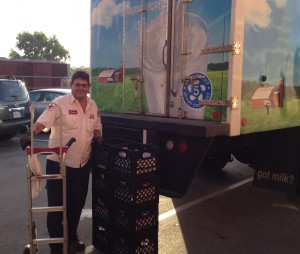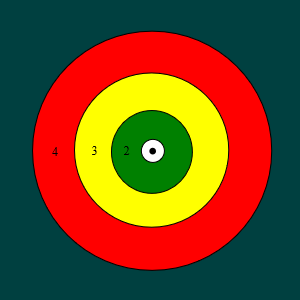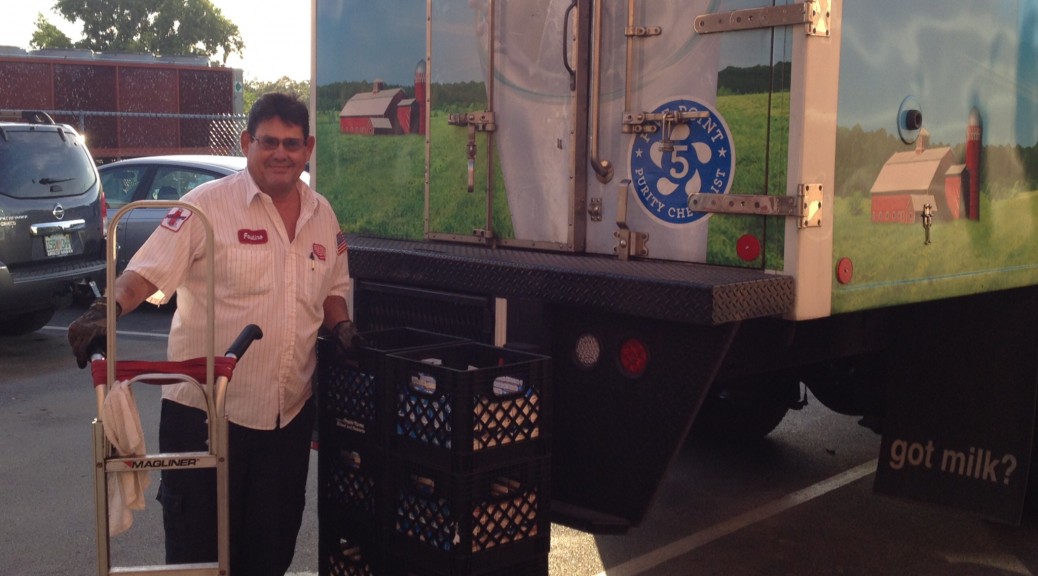I recently introduced myself to the man that makes the daily milk delivery to the school I teach at. His name is Faustino and I was pleasantly surprised to hear that he is a Cuban immigrant, just like my parents. He opened up to me and I asked him about his family and his experiences since having come to the United States. I then asked him about his job. As he described his route to me it dawned on me that, as always, I was having a human geography discussion without even realizing it.
Johann Heinrich von Thünen was a German landowner in the early 1800s. He was also one of the leading economic thinkers of his time. He created one of the most important concepts in all of human geography, the model regarding agricultural land use around a population center. Although the theory was created two centuries ago it is still applicable and quite simple. Assuming a population center in the middle, the land beyond it would have differing agricultural uses in outward rings. Immediately around the city would be fruit and vegetable farming, as well as dairy. These products need to be closest to the market as they are highly perishable, especially milk as it needs to be refrigerated in transport.

When I asked Faustino about his route, he explained to me that he delivers to all of the schools down a stretch of road approximately 20 miles long. With high fuel costs it is important for him to make his deliveries quickly. His delivery system fits von Thünen’s model perfectly, from his distribution center he takes care of a specific and compact area. Beyond his area there is another distribution center and another local driver.

In the rings beyond the innermost dairy and produce zone there are specific purposes as well. The second zone will primarily be used for timber as the cost of moving large trees for construction requires shorter distances. In the third zone there will be a combination of livestock ranching and field crops produced on a large scale such as grain or corn. In the final ring there is exclusively ranching as the only necessity is a steady supply of grass for the livestock to graze.
As I always tell my students, we rarely think about where our food comes from beyond the refrigerator or at most the grocery store. As with all things, our food doesn’t magically appear. There is a pattern to where our food comes from and people like Faustino work hard to keep that system going.

